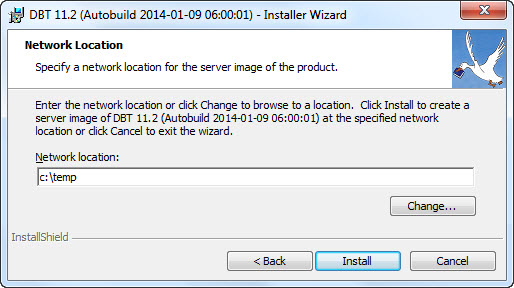

The certificate that is generated by the preceding command is adequate for development purposes.
SSL CONNECTION TO SITEGROUND IN INTERARCHY PASSWORD
alias admin -keypass password -keystore /test/server -storepass password Keytool -genkeypair -dname "cn=administrator, ou=Coherence, o=Oracle, c=US" Both the keystore and private key must have a password. The certificate is valid for 180 days and is associated with the private key in a keystore entry referred to by the alias ( admin). A self-signed certificate is created that includes the public key and identity information. A public/private key pair is generated for the entity identified by the -dname value ( "cn=administrator, ou=Coherence, o=Oracle, c=US"). The following example creates a keystore named server.jks that is located in the /test directory. This activity includes: creating a keystore generating a unique public/private key pair creating a self-signed digital certificate that includes the public key associating the certificate with the private key and storing these artifacts in the keystore. The Java keytool utility that is located in the JDK_HOME /bin directory generates and manages SSL artifacts. Two-way authentication provides stronger security by assuring that the identity on each sides of the communication is known. Two-way authentication requires both the client and the server to send their respective digital certificates to each other for mutual authentication. The client is not required to send the server a digital certificate and remains anonymous to the server.

With one-way authentication, a server is required to identify itself to a client by sending its digital certificate for authentication. SSL communication between clients and servers is set up using either one-way or two-way authentication. Using One-Way Authentication Versus Two-Way Authentication This ensures that only the entity that owns the public encryption key can decrypt the data. Data that is encrypted using the entity public key can only be decrypted using the entity private key. Data is then encrypted using the public key. Certificates are passed between entities during an initial connection. The digital certificate for an entity contains a public encryption key that is paired with a private encryption key. The CA's digital certificate establishes trust that the entity is authentic. A digital certificate is verified by a Certificate Authority (CA) and signed using the CA's digital certificate.

The digital certificate contains general information about the entity and also contains the public encryption key embedded within it. The identity of an entity is established by using a digital certificate and public and private encryption keys. SSL works by authenticating clients and servers using digital certificates and by encrypting and decrypting communication using unique keys that are associated with authenticated clients and servers. SSL is a security protocol that secures communication between entities (typically, clients and servers) over a network. Users who are familiar with SSL can skip this section. See the following resources for complete documentation. It is not intended to be a complete guide to SSL.
SSL CONNECTION TO SITEGROUND IN INTERARCHY FULL
If you don’t wish to read the full review, here is the quick scorecard with our verdict right below it.This section provides a brief overview of common SSL concepts that are used in this documentation. This is a detailed SiteGround evaluation with a comprehensive analysis of SiteGround’s hosting service.



 0 kommentar(er)
0 kommentar(er)
